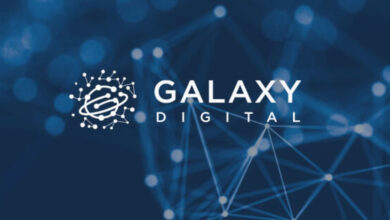
Blockchain technology, best known for underpinning cryptocurrencies like Bitcoin, is making significant inroads into various industries, with healthcare being one of the most promising sectors. The inherent properties of blockchain—decentralization, transparency, and immutability—offer transformative potential for healthcare systems, addressing critical issues such as data security, interoperability, and patient-centric care. This review explores the diverse applications of blockchain in healthcare and the benefits and challenges associated with its implementation.
Enhancing Data Security and Privacy
One of the primary applications of blockchain in healthcare is enhancing data security and privacy. Healthcare data breaches are a growing concern, with sensitive patient information often being targeted. Blockchain’s decentralized nature ensures that data is not stored in a single, vulnerable location. Instead, data is distributed across a network of nodes, making it significantly harder for unauthorized entities to access or tamper with the information. Additionally, blockchain’s cryptographic techniques ensure that patient data is encrypted and only accessible to authorized parties, thus maintaining privacy and confidentiality.
Improving Interoperability
Interoperability— the ability of different health information systems to communicate and exchange data effectively—is a longstanding challenge in healthcare. Blockchain can facilitate seamless data exchange between disparate systems by providing a standardized and secure framework for data sharing. Smart contracts, self-executing contracts with the terms of the agreement directly written into code, can automate and streamline data sharing processes, reducing administrative burdens and improving the accuracy and timeliness of information transfer.
Enhancing Supply Chain Management
Blockchain technology can revolutionize supply chain management in healthcare, ensuring the traceability and authenticity of medical products. By recording every transaction and movement of products on an immutable ledger, blockchain can help prevent counterfeit drugs, ensure the integrity of medical supplies, and track the origin and handling of pharmaceutical products. This transparency not only enhances patient safety but also builds trust among stakeholders.
Enabling Patient-Centric Care
Blockchain empowers patients by giving them greater control over their health data. Patients can own their medical records and grant access to healthcare providers as needed, fostering a more patient-centric approach to healthcare. This capability ensures that healthcare providers have a complete and accurate picture of a patient’s medical history, leading to better-informed treatment decisions and improved outcomes. Moreover, blockchain can facilitate the integration of data from various sources, such as wearable devices and mobile health apps, into a single, comprehensive patient record.
Clinical Trials and Research
Blockchain can streamline the conduct and management of clinical trials by enhancing transparency and accountability. Every stage of a clinical trial, from patient recruitment to data collection and analysis, can be recorded on the blockchain, ensuring that the process is transparent and tamper-proof. This can help in verifying the authenticity of data, reducing fraud, and accelerating the approval of new drugs and treatments. Additionally, blockchain can enable secure and efficient sharing of research data, promoting collaboration and innovation in medical research.
Challenges and Considerations
Despite its potential, the adoption of blockchain in healthcare faces several challenges:
- Scalability: Blockchain networks can face scalability issues, with limitations in the number of transactions they can process per second. This can be a significant concern for healthcare systems that handle vast amounts of data.
- Regulatory Compliance: The regulatory landscape for blockchain technology is still evolving. Ensuring compliance with healthcare regulations, such as HIPAA in the United States, adds complexity to the implementation of blockchain solutions.
- Integration with Existing Systems: Integrating blockchain with legacy healthcare systems can be challenging. There is a need for standardized protocols and interoperability frameworks to facilitate this integration.
- Cost and Resource Requirements: Implementing and maintaining blockchain infrastructure requires substantial investment in technology and resources, which can be a barrier for smaller healthcare organizations.
Conclusion
Blockchain technology holds immense promise for transforming healthcare systems by enhancing data security, improving interoperability, ensuring the authenticity of medical products, enabling patient-centric care, and streamlining clinical trials and research. However, realizing these benefits requires addressing the challenges of scalability, regulatory compliance, integration, and resource requirements. As the technology matures and regulatory frameworks evolve, blockchain has the potential to become a cornerstone of modern healthcare systems, driving innovation and improving patient outcomes.




